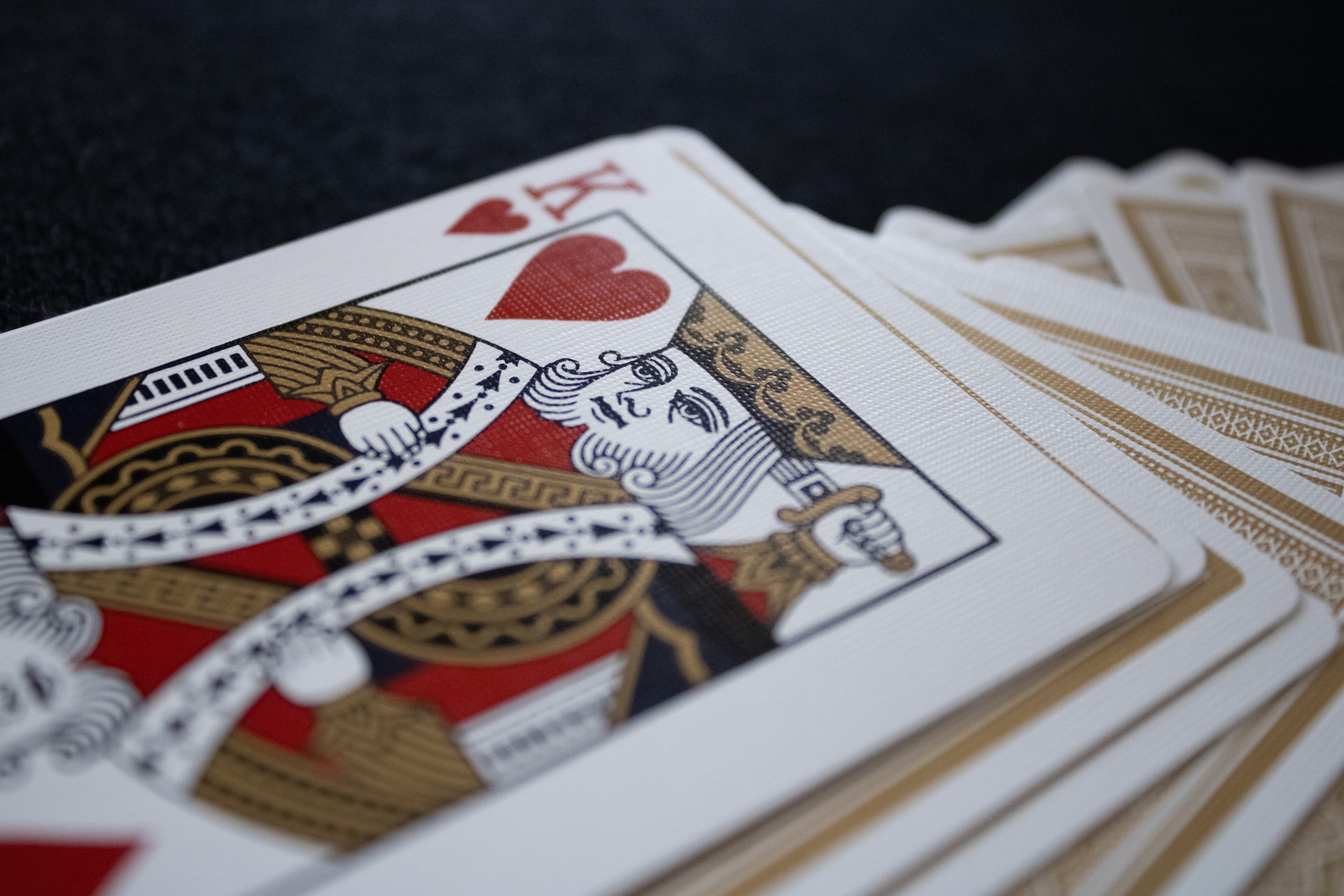Is there anything quite so timeless as a pack of cards? Habits and fashions change, especially when it comes to our leisure time. Yet everyone still knows a few card games, whether it’s playing snap with the kids, a hand of whist with your grandmother or maybe some video poker on your smartphone or on the Las Vegas strip. Let’s take a look at where card games came from, and find out how they came to look the way they do.
Suits you, sir
Trying to identify the exact origins of a pastime that certainly goes back a thousand or more years is a little like nailing jelly to a wall. The general consensus among historians is that cards were first played in Asia around 900 years ago, although their history could go back far longer. What we can say with more certainty is that they were introduced to Europe in the late 1300s.
Those earliest cards would have been very different to what you see today, but suits evolved after less than 100 years. Initially known as French playing cards, the symbols were initially Hearts, Tiles, Clovers and Pikes. While only the first will sound familiar, these looked exactly the same as the standard Hearts, Spades, Clubs and Diamonds. It seems incredible that well over 500 years later, the same cards are used online by those playing blackjack, poker, baccarat and solitaire in the digital age of the 21st century!
Royal personalities
When you look at a deck of cards, and especially the face cards, there is more to differentiate them than just the symbols and colors. Each King, Queen and Jack has very different and instantly recognizable facial characteristics. These are anything but random. The four Kings are modeled on the following four historical figures:
- King of Spades – King David, the King of Israel from the Old Testament
- King of Hearts – Charlemagne, the eighth century King of France
- King of Diamonds – Augustus Caesar, the First Roman Emperor
- King of Clubs – Alexander the Great, the King of Macedonia in the fourth century BC.
The Queens do not represent these Kings’ real-life consorts, but are representations of other historical and mythological figures. There is debate over exactly who was the inspiration for each, but most believe that the Queen of Spades represents the Greek Goddess Athena and the Queens of Hearts and Diamonds are Judith and Rachel from the Old Testament. The Queen of Clubs remains the mystery lady of the pack!
You win some, lose some
The Ace of Spades stands out from the rest of the pack, and not just because of its association with the Motörhead classic. This card has a completely different design to the rest, and the reason dates back to pre-revolutionary France.
Back in those heady days, the French aristocracy loved nothing better than to sit in the halls of Versailles playing cards. As the pastime’s popularity extended across the country among the working classes, cards became a tempting source of tax revenue. Rather than tax the whole pack, duty was levied only on one card, and it was designed in such a way as to accommodate the necessary stamp.
You might be surprised that the design has stayed the same for so long – part of the reason is that the convention was quickly adopted elsewhere, and by the mid-1700s everyone was doing it as well as wearing some interesting fashion styles. In fact, the taxation and stamping practice was still in force in the UK right up until the 1960s.

